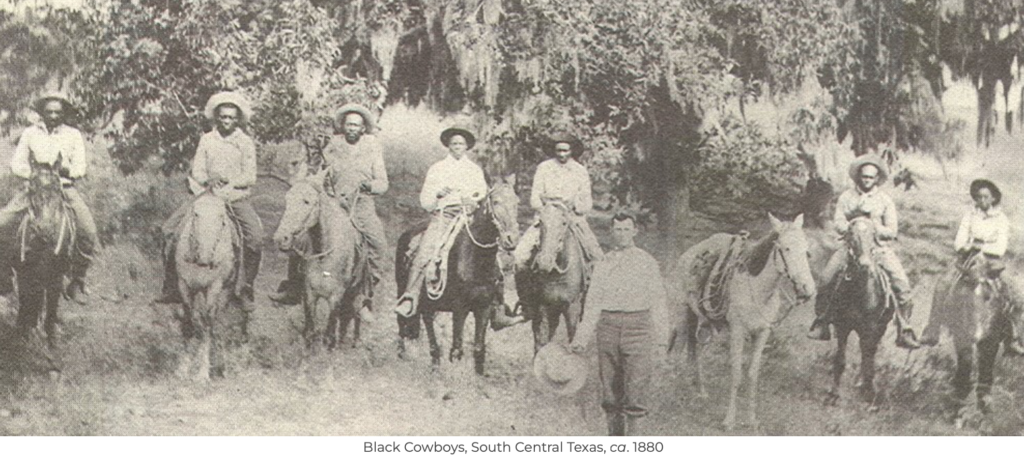
Buffalo Soldiers[1]—Black troops sent to help win the West—are well known nowadays, but what about Buffalo Cowboys? We think of Western music, which blended with the Country styles of the eastern South to give birth to “Country & Western,” as a guaranteed-sure-fire-pure White genre, the soundtrack of bedrock Euro-six-gun-swashbuckling heartland America, no other influences need apply.
[1] Probably named thus by Native Americans, though scholars differ on the reasons.
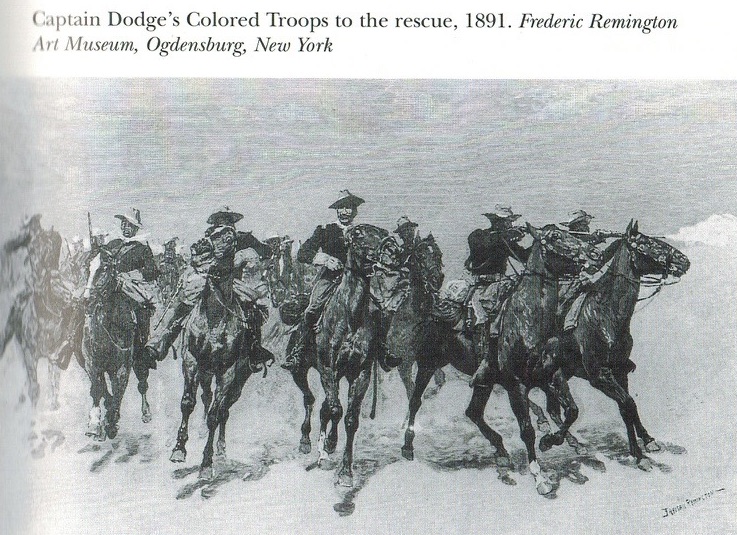
But hold your horses.
From 1870 to 1890, 12 million cattle were driven north from Texas, in herds of thousands. They drove all the way to Montana in search of good grass (for cows), and to Kansas and Nebraska for railroads that went straight to Chicago and other beef-buying centers further east.
But who were the cowhands?[2] A cowboy memoir written in 1885 by Charlie Siringo noted a number of Black cowboys and farmers and ranchers along the cattle trail. What number? The literature is all over the chart. Statistics are given with alleged authority: In some places 50% of cowboys were Black, said Jesse Chisholm, founder of the Chisholm Trail. According to Bailey C. Hanes, “about one cowboy in every six or seven was Mexican; a similar proportion was black.”[i] Hal Cannon allowed that “No one is sure how many African-Americans worked as cowboys in the trail drives, but estimates run as high as 1 in 4.” Other researchers have found that “The typical trail crew of eight usually included two black cowboys.”[ii] William Loren Katz concluded that between 1868 and 1895, 35,000 cowhands were on the trail, one-third Black and Mexican. Quintard Taylor says there were 9,000 African American cowboys in the West, of a total of 61,000. But he reckoned only 4% of Texas herders were African American in 1880, 2.6% in 1890. (That could be because of the decline and fall of the trail overall, with the expansion of railroads to the south and of farms in the Great Plains grazing areas.)
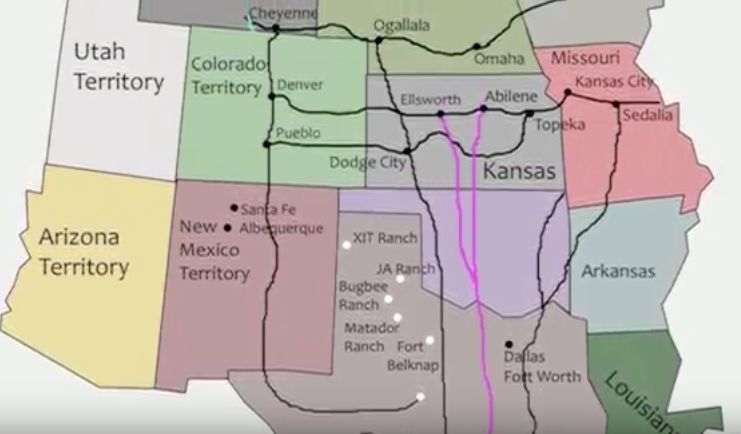
[2] The Federation of Black Cowboys asserts that “”Cowhands” was what Whites were called; “cowboys” was the term for Blacks, who developed their own distinctive styles
and competed in rodeos until racist rules drove them underground.” (Orlando Weekly, 9/14/2006, https://www.orlandoweekly.com/orlando/pieces-of-humanity/Content?oid=2274020)
A key moment in this story comes early: enslaved Africans were already cowhands in Texas before the great trail drives. Think about that: enslaved cowboys in Texas before “cowboys” were invented. But consider their history. Not all enslaved Africans were shackled to crops that were new to them. Africans from various countries had expertise in particular crops and industries: Ghana and Gambia, for example, were known for cattle herding. The slaveocracy in the Southwest, and even as far east as the Carolinas, made use of their skills.
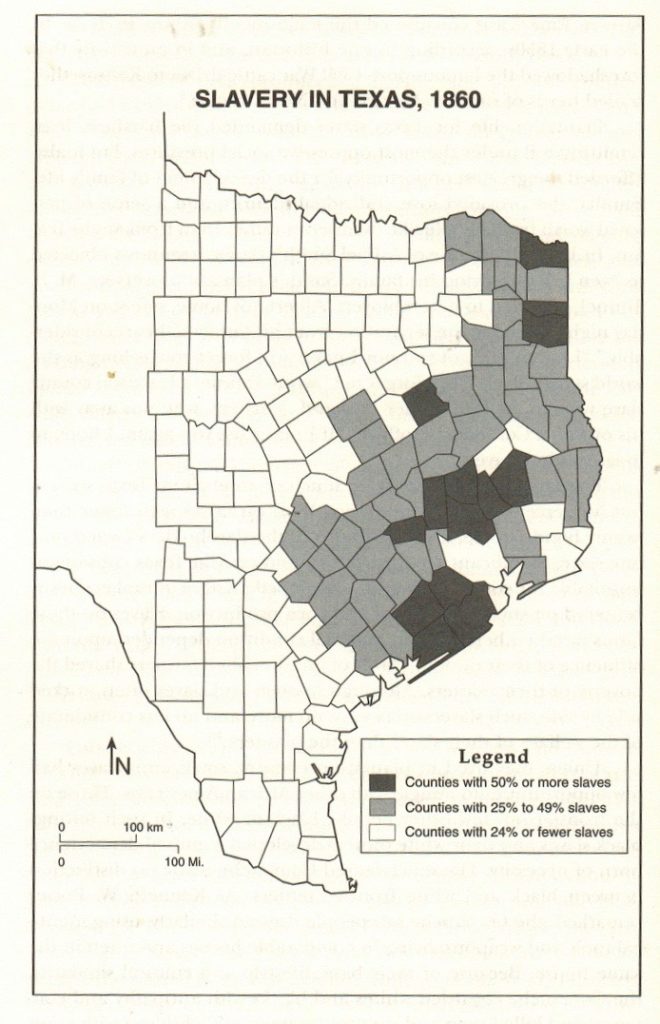
Others came west in the wake of slavery: Irwin Silber wrote that “Many an emancipated Negro decided to try his luck in the west,” offering a stanza from a Kentucky ballad, “Goin’ From The Cotton Fields”:
Away out there in Kansas
So many miles away,
The colored folks are flocking
‘Case they are getting better pay.[iii]
American cowhands were a diverse community of Wild Western workers, later to be bleached on the shores of Hollywood. Although some crews were segregated, some were not. Think of the US army in Vietnam, or restaurant workers today, as examples of frontiers in race relations. Multi-cultural America found an early home on the range. And African Americans worked in other jobs in the ranches, camps, and trails—cooks especially, and don’t forget the barbers.
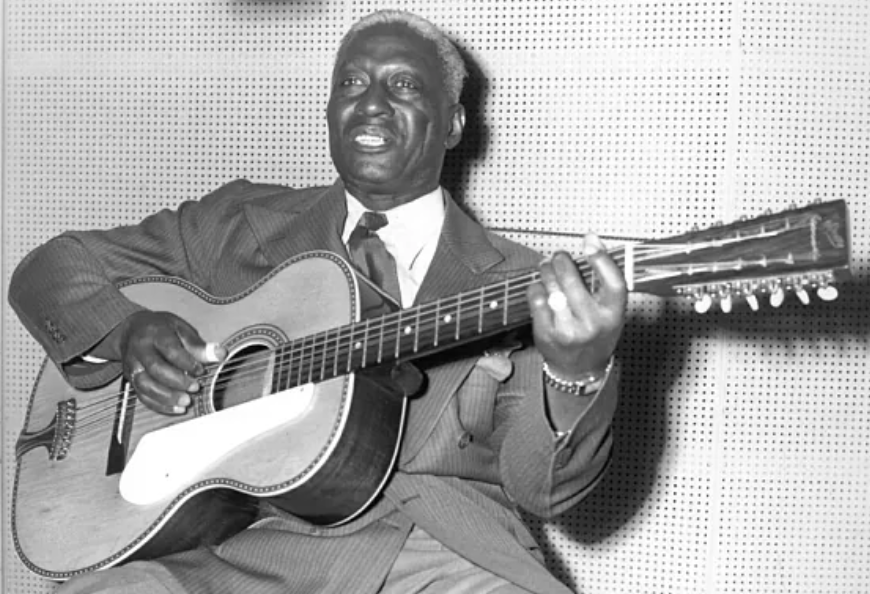
Let’s not forget that most of this cow-handling took place in a land recently grabbed from Mexico, which means it was still populated, as today, by bona-fide Mexicans.[3] A song called “Pinto,” sung in English, begins “I am a vaquero by trade.” According to Alan Lomax, Mexicans taught Black and White alike the use of La Reata, the lariat, and chaps as well.[iv]
[3] Of course it had also been grabbed from native folks,
but they were not so commonly employed in the industry,
though they were there, here and there.
And why shouldn’t the same workers who developed cotton-pickin’ songs and railroad track-linin’ songs develop some cow tunes as well? Cowboys/hands sang on the trail, adding verses as they went. “The trail boss would never pick on (employ) a fellow that couldn’t sing and whistle.”[v] Workers coming from another camp were expected to contribute their songs, and their own verses to already-common songs.
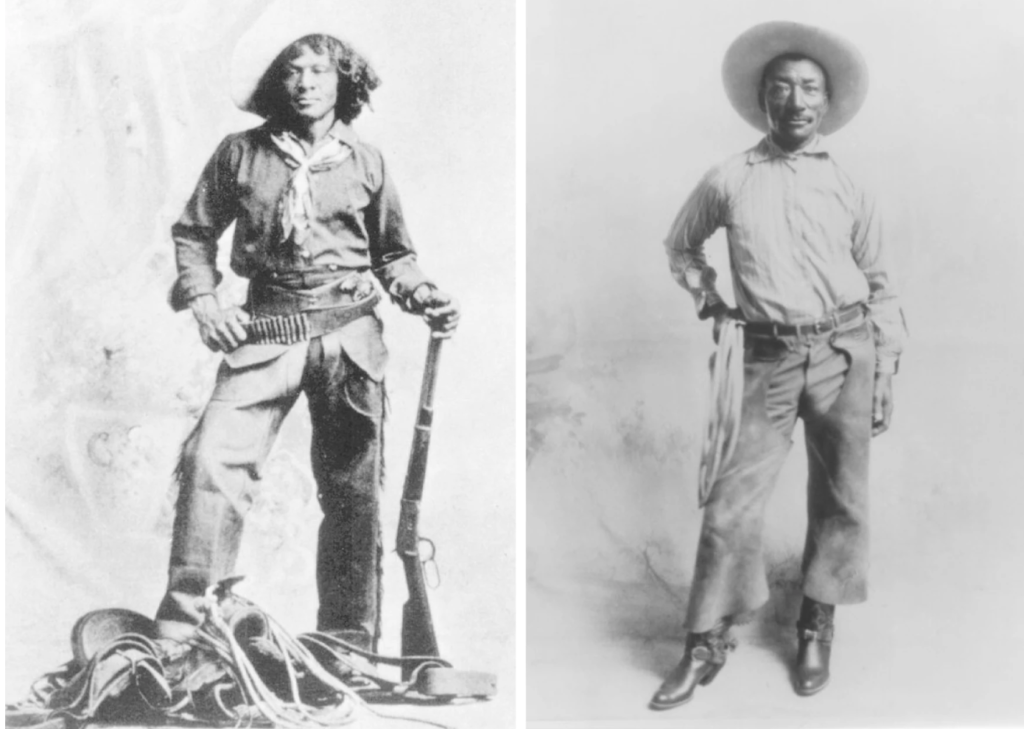
On the trail, sharp yells were employed to stir the cattle, lullabies to soothe them and prevent stampedes. Ranches held marathons and groomed champion singers to compete with other ranches.
Edward Abbot rode the trail at the height of its glory, and wrote of Black cowhands singing to the cows and each other. Charley Willis was a de-shackled laborer who rode the Wyoming trail during the 1870s. As his great-grandson Franklin tells it,
He had a knack for singing. He had a gift, if you will. His voice was real soothing to the cattle, and this is why they wanted him to participate in these big cattle drives, because he would sing to them and just make them relax.[vi]
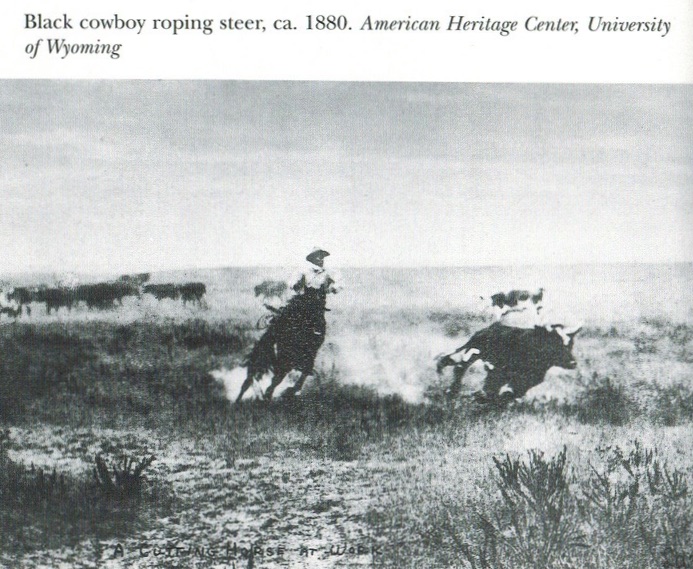
Hollywood wasn’t the first to bleach the cowboys: the commercial cowboy industry, in the form of the Wild West shows of the early 20th century, featured almost entirely White performers, reflecting the Jim Crow era well.[vii] In the same period, the early 1900s, John Lomax—Mr. Folksong himself—was gathering cattle trail songs in for his book Cowboy Songs and Other Frontier Ballads. He traced the genre’s inspiration primarily to Anglo ballads that had taken root further east. But Don Edwards (1939-2022), a White Texan traditional cowboy singer, disagreed:
You take a song like, ‘I’m a poor lonesome cowboy, I’m a poor lonesome cowboy, I’m a poor lonesome cowboy, I’m a long long way from my home.’ Is that a blues form? It’s the earliest blues form there is — three lines and a tag line….If you go down to deep south Texas where this music was really born, on that coastal bend down there, you had white cowboys, black cowboys and Mexican vaqueros — who were very musical people. And so the white guys learned a lot of that stuff, and that’s why a lot of that stuff sounded like the blues.[4]
[4] If we don’t think today of Western music as sounding like the blues,
consider that Jimmie Rodgers, the country yodeler, was considered quite bluesy in his day.
And too, the pruning of the Country and Western canon tends to favor the lighter shades.
We’ll discuss this at greater length in “New South, New Country.”
Ballad scholar Roger Renwick seconded the notion, observing that many of the songs in question do not tell a straight story as in the old Anglo ballads, but are “elliptical”:
Indeed, some scholars have called this a distinct African-American genre of the blues ballad, because it synthesizes the more emotional blues approach. And we suddenly see some influence like that on some of the cowboy songs.
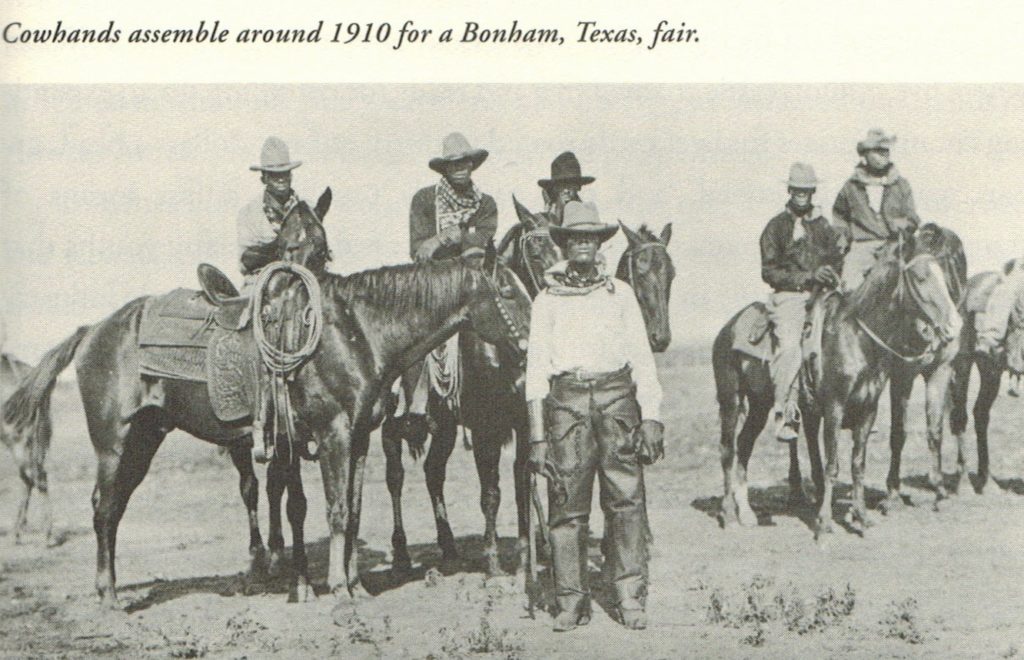
Lomax did attribute some songs, including “Goodbye Old Paint,” to African American singers. This particular credit was seconded by Jess Morris, who traced the song through his father F.J. Morris to Charley Willis, a formerly enchained worker hired by Morris in 1865.
The Anglo error was later rectified by Lomax’ son Alan, some of whose 1933-46 recordings for the Library of Congress are available on the CD Deep River of Song: Black Texicans (Rounder, 1999).
Patrick Joseph O’Connor, in “Cowboy Blues: Early Black Music In The West,” opined that
…the black cowboys brought to the range their stirring ability to entertain and relate in song. Albert Friedman felt that “musically…Negro folk songs are the most interesting we have.[viii] This particular black facility had been noted since slave days, and serves to underscore the importance of African-American participation in cowboy songs.[ix]
Black cowboys were an integral part of the East Texas experience, and their music was part of the shaping of cowboy music, both in structure—traditional three chord ballads—and content—personalized stories and poignant impressions of life. Let’s look at a few songs that might flesh out the story. For starters, John Lomax collected “Home On The Range” and “Git Along Little Dogies” from a Black retired trail cook in 1908.[x] He tells the story in Adventures of a Ballad Hunter. Jack Thorpe, an early archivist of cowboy songs, came upon “Dodgin’ Joe” in 1889. It was sung around the campfire of a Black trail crew. In general, Thorpe found most “cowboy” songs to be imports and variants of songs cribbed from other industries and locations: loggers, farmers, railroad workers, and Black styles dating back to field hollers.
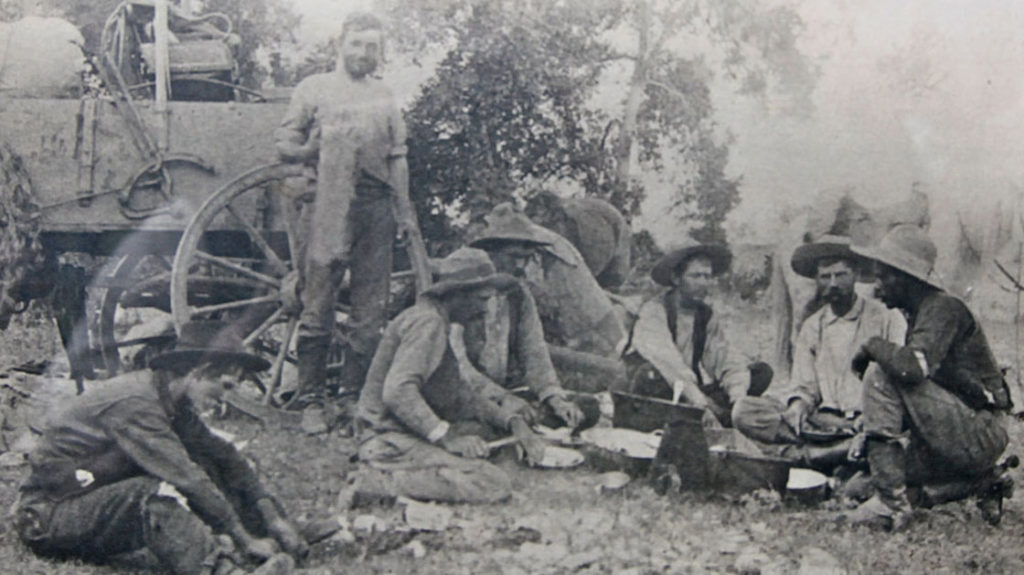
“Whose Old Cow?” recounts a debate over the dubious branding of some disputed cows. A Black cowpoke named Addison Jones rides in and argues, in dialect:
White folks smartern’ Add, and maybe I’se wrong
But here’s six months wages dat I’ll give
If anyone’ll tell me when I reads dis mark
To who dis longhorned cow belong! [xi]
An African American undertaker in Austin who had been a cattle camp cook sang an Australian song, “Jack Donahoe,”[xii], the refrain of which summed up the aversion to slavery, sharecropping, and second-class status generally:
We’ll wander over mountains we’ll wander over plains
For we scorn to live in slavery, bound down in iron chains
In his study of supposedly White-rooted cowboy songs, O’Connor looked at “composing techniques and stylistic phrasings” traceable to African American communities. Similar styles can be noted in Black versions of songs picked up from White colleagues. Then again, some songs rooted in the mists of time have thoroughly unknown origins. Listen to Frederick Douglass Kirkpatrick’s 1969 record Square Dance With Soul[5] for another take on Black and White styles.
[5] See discography.
In East Texas, slavery died last—recall the delayed announcement of emancipation that later gave rise to the “Juneteenth” celebrations—and Black musicians there dipped deep into the Anglo songbag. Sometimes they hewed closer to White styles, depending on their audiences; other times not so much.
To close out this section, let’s consider Augusta State University’s Mike Searles’ take on the consequences of misrepresenting history:
Many people see the West as the birthplace of America,” he says. “If they only see it as the birthplace of White America, it means basically that all other people are interlopers — they’re not part of the core of what makes an American. But if they understand that African-Americans were cowboys, even Native Americans were cowboys, Mexicans were cowboys, it really opens the door for us to think about America as a multiethnic, multiracial place. Not just in the last decade or century, but from the very beginning.[xiii]
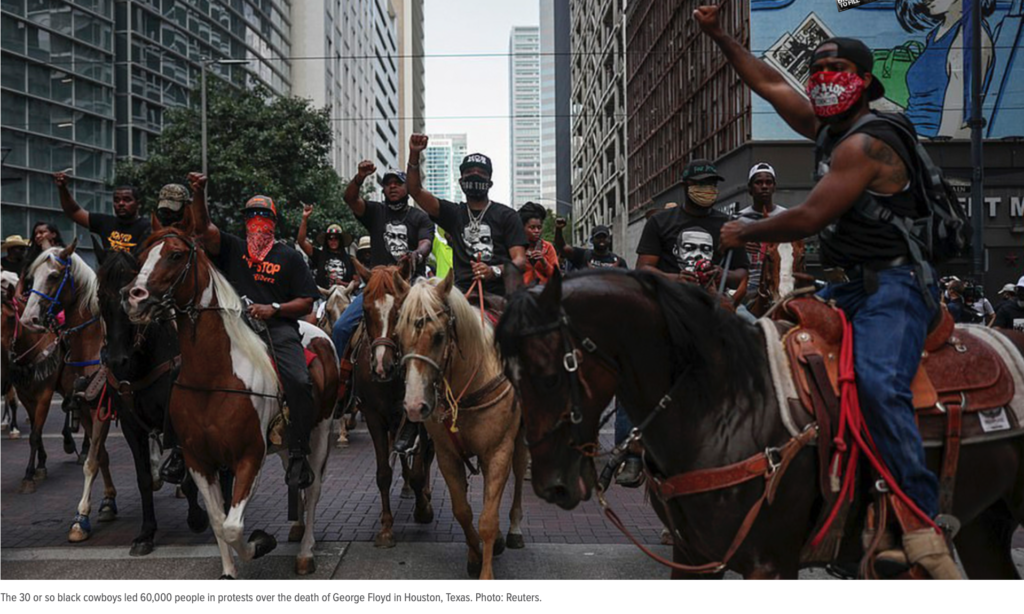
[i] Colonel Bailey C. Hanes, Bill Pickett, Bulldogger (Norman: University of Oklahoma Press, 1977) 3
[ii] William Loren Katz, The Black West (Garden City, New York: Anchor Press/Doubleday, 1971) 146.
[iii] William Loren Katz, The Black West, Harlem Moon, 2005. 147.
[iv] A. Lomax, Black Texicans CD notes
[v] Lomax, John, Cowboy Songs and Other Frontier Ballads, xv.
[vi] Hal Cannon, Who Were the Cowboys Behind ‘Cowboy Songs’? https://www.npr.org/2010/12/05/131761541/we-ve-all-heard-cowboy-songs-but-who-were-the-cowboys
[vii] Irwin Silber, Songs Of The Great American West (New York: MacMillan, 1967) 159.
[viii] Albert B. Friedman, ed., The Viking Book of Folk Ballads of the English-Speaking World New York: Viking Press, 1956, xxxii.
[ix] Patrick Joseph O’Connor, Cowboy Blues: Early Black Music In The West. Studies In Popular Culture (University of Louisville) April 1994.
[x] Wolfe and Lornell, The Life and Legend of Leadbelly (New York: HarperCollins, 1992) 109.
[xi] Lomax, Cowboy Songs and Other Frontier Ballads, 118.
[xii] ibid, 209.
[xiii] Cannon, op cit.
